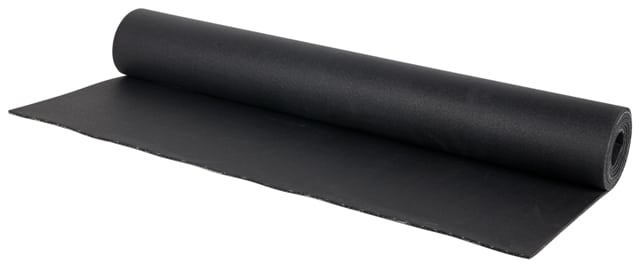Everything has a base, a foundation. Tangible and intangible items all have something that they are built upon. Businesses have structure. Houses have support beams. The foundations of both of these things are extremely important to the structure of the organization as a whole. Your body is the same way. Whatever lies between you and the ground has a huge effect on your performance. In yoga, this can refer to the mat on top of which you are practicing, are the ground that you are practicing on. The stabler the base, the easier it is to do balance, and therefore the easier it is to do yoga.
There a couple different ways of looking at this fact. If you want a more natural approach to yoga, then it would make sense to try doing yoga on grass, on ground that is not uniform. This can improve your balance because of your body’s necessity to react to an irregular surface, but it also makes it harder to perform your best because the ground is unpredictable. If you are an athlete, this is practical. Sports are unpredictable in their nature. You don’t just go through the motions, make the same cuts and the same changes in direction every game. You never do one motion the exact same way twice. Conversely, if you only practice yoga to get better at yoga, to get better at balance or perfecting certain poses, it makes more sense to practice on the most stable ground you can practice on. You don’t want to have to deal with the unpredictability of uneven ground because there is no huge added benefit. However, given the choice between practicing in a studio or practicing outside in a park on a warm, sunny day, I will always be inclined to play outside. It all depends on what your goals. For me, I always think that the best way to approach physical exercise is with as much variety as possible. For that reason, I practice on grass, hardwood floors, cement, and yoga mats for optimal, full-spectrum performance.
The other thing to consider is, of course, your yoga mat. Generally speaking, the cheaper your yoga mat is, the more “give” it has to it; the softer it is, and the harder it is to practice yoga. This isn’t really a good thing at all. Mats with cushion make yoga harder on your hands. If you have sensitive knees, or want some more cushion between you and the ground, you should get a thicker mat, but you want one that doesn’t have a lot of “give” to it. If you’re making your decision on mats based on whether you fall or not, then… don’t. If you’re going to fall on your face because you fail in crow pose, it’s going to hurt no matter what.
The mat I use is a Prana Revolution. It’s a huge beast of a mat that is about a foot longer and six inches wider than standard yoga mats. It also weights about fifteen pounds because of the thickness. It has little to no “give” to it. I have had this mat for a year and a half, and for all of these reasons, I have had not one complaint this whole time.
The point is that you should choose your ground wisely when you practice. Your yoga practice is truly built from the ground up.
